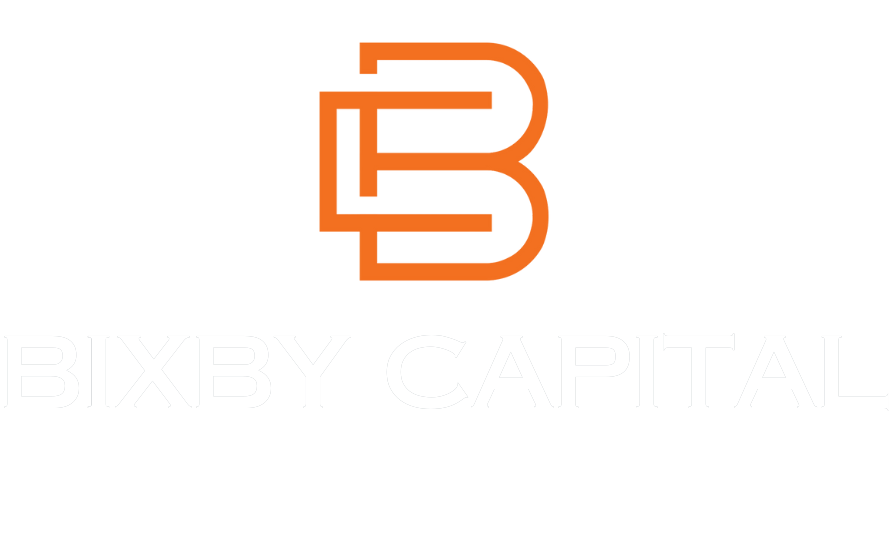Carrie Rossenfeld
NEWPORT BEACH, CA—As even more-conventional users begin to seek creative space for their offices, what will truly creative users do to distinguish themselves from the pack? Bixby’s Aaron Hill speaks to GlobeSt.com EXCLUSIVELY on the topic.
As even more-conventional users begin to seek creative space for their offices, what will truly creative users do to distinguish themselves from the pack? As GlobeSt.com recently reported, international building contractor Balfour Beatty Construction has signed a seven-year lease with Bixby Land Co. to occupy 9,875 square feet at Avalon, the innovative office building developed by Bixby at 1501 Quail St. here. Bixby told us exclusively that Balfour Beatty liked the creative buildout Bixby had designed for its own offices at Avalon enough that this became the space the new tenant chose to lease, furnishings included. We spoke exclusively with Aaron Hill, Bixby’s EVP and COO, about what this lease says about the office market and how more-creative users will distinguish themselves from conventional users by way of their space.
GlobeSt.com: What does it say about the office market when a construction company is seeking well-appointed creative space for its offices?
Hill: What it says is there’s a lot of traditional office space that used to offer certain things that were appealing to many users, but it is product that is not really in demand any more. What used to be a class-A office with a granite-clad formal lobby and parking structure would have commanded higher rent. Now we’re seeing a transition—not just by creative but by all companies—of wanting to get in and out more easily via more surface parking; ground-floor space, which used to be for quasi-retail like banks, is now the desired space to get the more mobile workforce in and out more quickly and spend less time in an elevator. At Avalon, tenants have direct access to the outdoors, with operable windows, balconies, light and bright space with access to fresh air. Older buildings can’t deliver without significant repositioning. That transition is translating to demand across the board.
GlobeSt.com: How will the more creative user cohort continue to distinguish itself from conventional users by way of its space?
Hill: There’s an interesting dynamic where a lot of what drove that creative demand early in cycle (wanting a brand, a different image, to appeal to either employees or clients or both) is still there. Creative companies didn’t want to be one of many. As you’re starting to see more traditional office users moving into this space, the next evolution of creative is space that will not only have amenities but will allow them to brand in way that’s unique to their brand. In El Segundo, we wanted to appeal to a more creative-type tenant, so instead of a traditional wooden door with homogenous signage, we offered a glass door front and allowed them to put in their own unique signature on it—you could tell the brand as soon as you saw the door, kind of like retail. You knew when you got off the elevator which company you were looking at. Branding is critical for a lot of those creative tenants. For Balfour, it’s not necessarily branding they’re after, but a type of workspace that functions differently from traditional office. You spend so much time developing the brand and how resonates with people that office space has become a huge part of that brand—not just an afterthought.
GlobeSt.com: Do you believe we will reach a point where “traditional” office space is obsolete?
Hill: I think there’s always an evolution. When you looked at the private office years ago, it was drywall with a wooden door you could close. Then came the sidelight, the glass piece. Then there was not enough natural light, so you have to go full glazing on the office wall. Now we’ve moved that from the perimeter to the inside. It’s an evolution, and this interior space will continue to evolve. We’re seeing tenants relocate and not renew not because they’ve outgrown the space they’re in, but they just want to rework the layout to be more efficient and aligned with way they do business. They want a full redux, so now they have to relocate to find that. That’s what’s turning over that traditional space. It will not be obsolete, but it will have to evolve. Much of it won’t be able to address creating outdoor amenity areas and natural light, but now there are new buildings built with floor-to-ceiling glass. There are some functional challenges, but it all will have to adapt to how people work, and that’s the driver.
GlobeSt.com: What else should our readers know about this Balfour Beatty lease?
Hill: We designed the space for us and our use, and they’re moving right in. This speaks to how even though it’s non-traditional, some common elements of what most companies are looking for today are not so unique to that specific industry or business line. It was built for our use, and now it’s adapting to a tenant with a completely different use.



